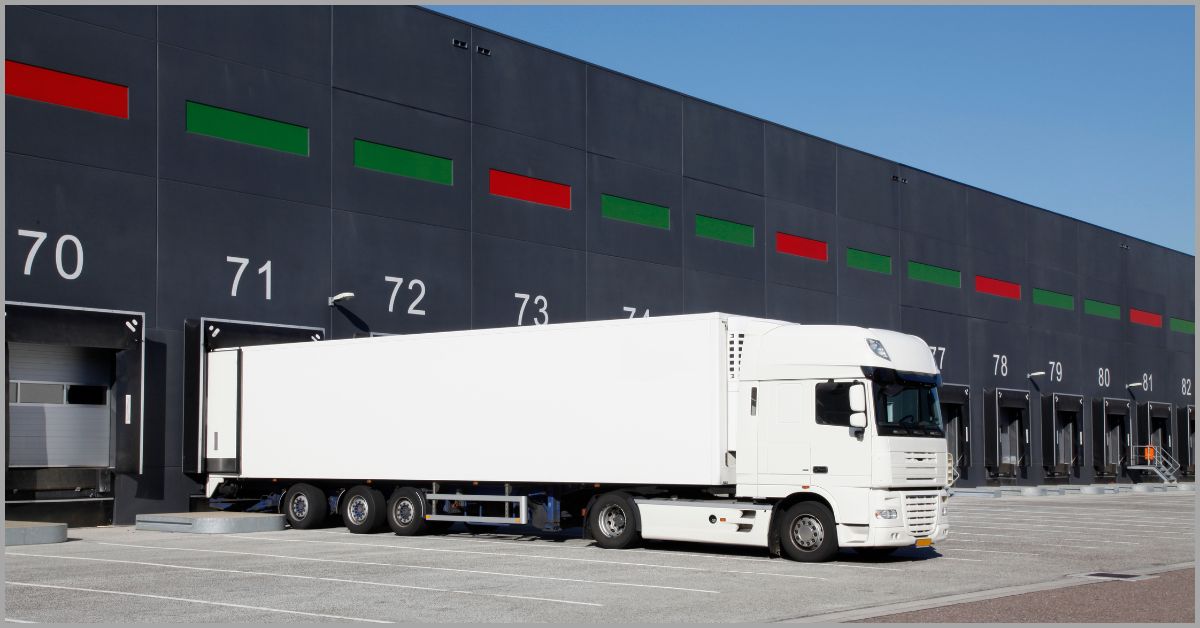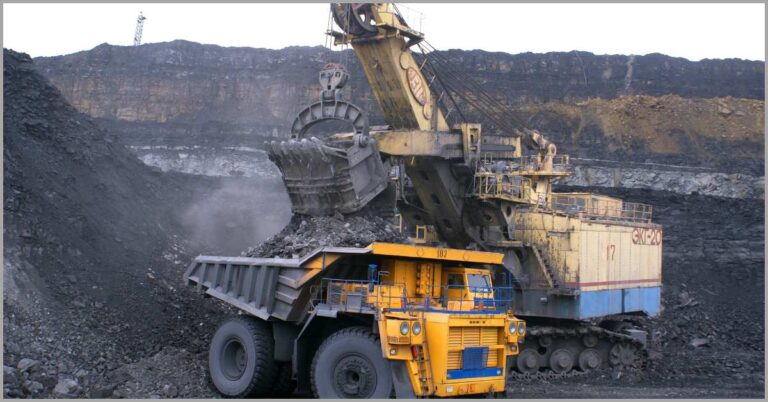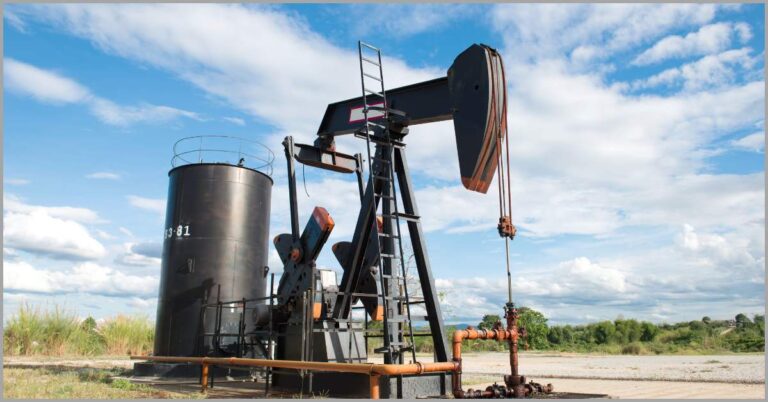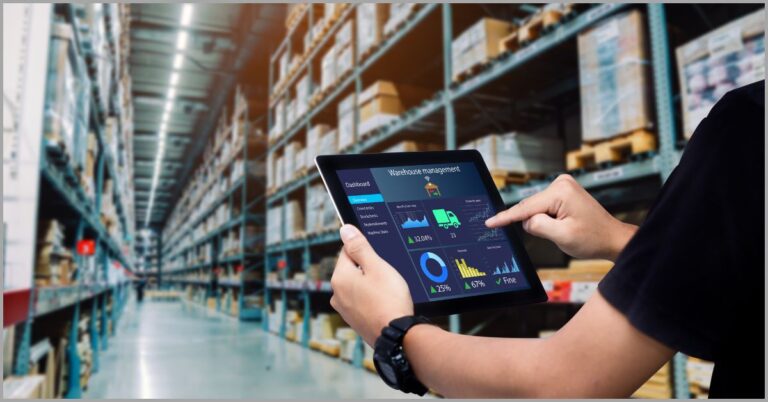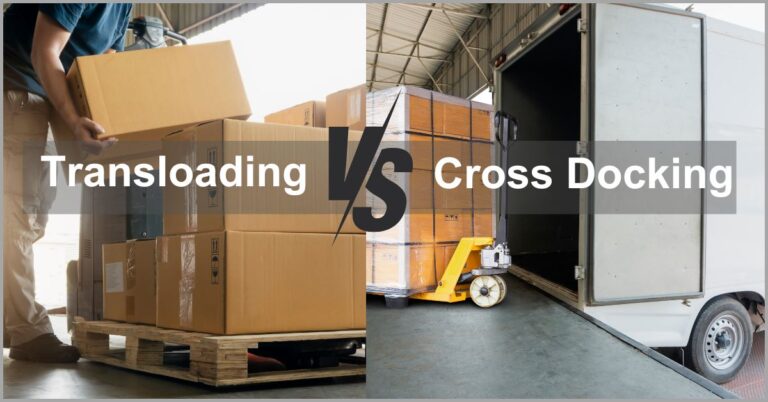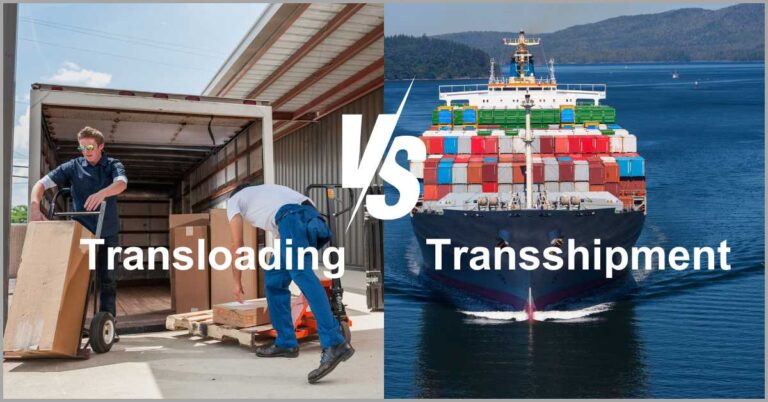Dock and Yard management: What it is & Best Practices to Drive Efficiency in 2024
Ready to scale yard & dock management?
These rank chief among the top transloading challenges that hamper logistics efficiency.
When yard management is poor, there’s a greater risk of incomplete orders & missing milestones, which strains relationships with supply chain partners.
Alarmingly, only 16% of yard managers said their operations run smoothly, according to a Vector study. So the majority of yard management processes are underperforming.
In order to improve operational efficiency for your logistics business, we’ll explore crucial aspects of effective dock and yard management. You’ll learn important pitfalls to avoid to improve dock scheduling, worker collaboration and yard productivity.
By also going over vital skills and technologies to consider, you’ll lay the foundation for a future-ready business that’s equipped to handle modern shipping needs.
If you’d like to learn more about improving your logistics strategies, check out this article I wrote about essential transloading statistics for better supply chain management.
In this article, we’ll discuss what dock and yard management is and the best practices to drive efficiency and improve productivity and revenue for your logistics business.
Let’s get started.
What is dock and yard management?
Dock and yard management refers to the strategic coordination of trailers, personnel, assets and activities that occur at loading docks and in your shipping yard overall.
It entails planning the departure and arrival of trucks, and generally coordinating incoming and outgoing goods and vehicles to ensure proper handling and efficiency. This is an important process because it directly affects your business’s throughout.
Without proper and efficient dock and yard management, you could experience congestion that increases dwell times for trucks & waiting times for clients.
In fact, the average dwell time for a railcar was 10.7 hours in 2021, compared to 2014 when it was 26.3 hours, according to a study by Statista. While the statistics show that dwell time has greatly reduced, holding railcars for this long is still unacceptable.
It not only attracts huge demurrage costs for your transloading businesses, but also causes shipping delays for clients, which leads to frustrations and distrust.
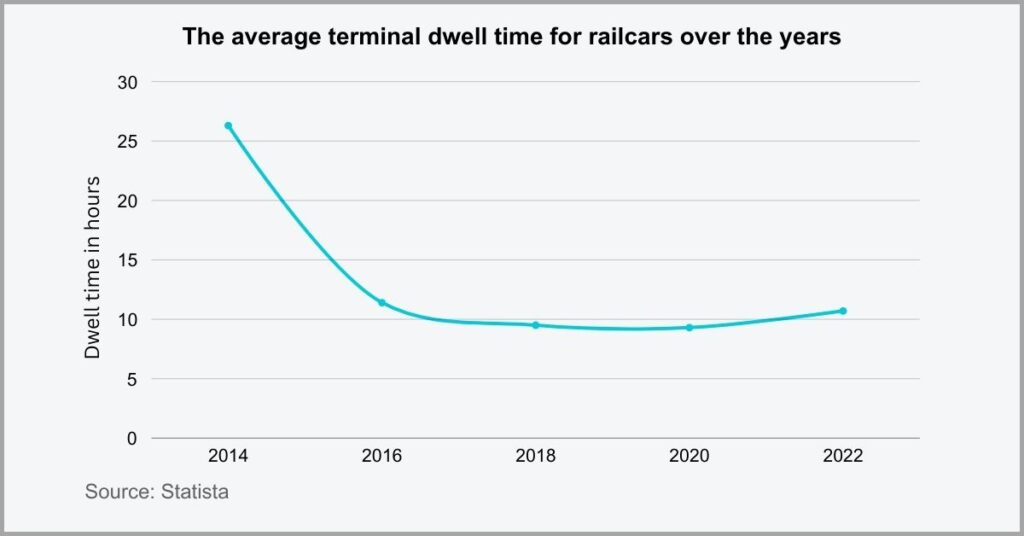
In order to reduce dwell times for your transload freight shipping business, you need to find ways to streamline dock allocation to avoid holding up traffic and also maximize dock and yard utilization for your facility.
Some ways you can achieve this is by implementing best practices such as loading sequences, staging and transloading and cross docking strategies for your business.
That said, efficient dock and yard management can be very challenging without the right technology to help you stay on top of logistics. This is why I recommend considering an excellent yard management software to streamline your activities.
Click here to book your free transloads.co demo to learn more about our software.
We’ll discuss important yard management features that you get with our solution. These include real time, outbound and inbound railcar tracking capabilities, which enable you to monitor railcars and improve the planning and coordination of yard & dock activities.
Best practices for improving dock and yard management
1. Optimize loading dock design
What types of loading docks are available?
There are different types of loading docks you can use for transloading operations, including open, flush, drive-through and sawtooth loading docks, just to name a few.
That said, a poorly designed loading dock can impede your operations, affecting truck maneuverability and decreasing space efficiency for your transload yard.
A survey by Statista revealed that 36% of distribution centers rated insufficient space as the most pressing issue in the workflow. This is a situation that has unfortunately gotten worse between 2016 and 2021.
It proves the need to embrace innovative dock and yard management practices, such as adopting strategically designed loading docks that can help you make the most out of your existing resources.
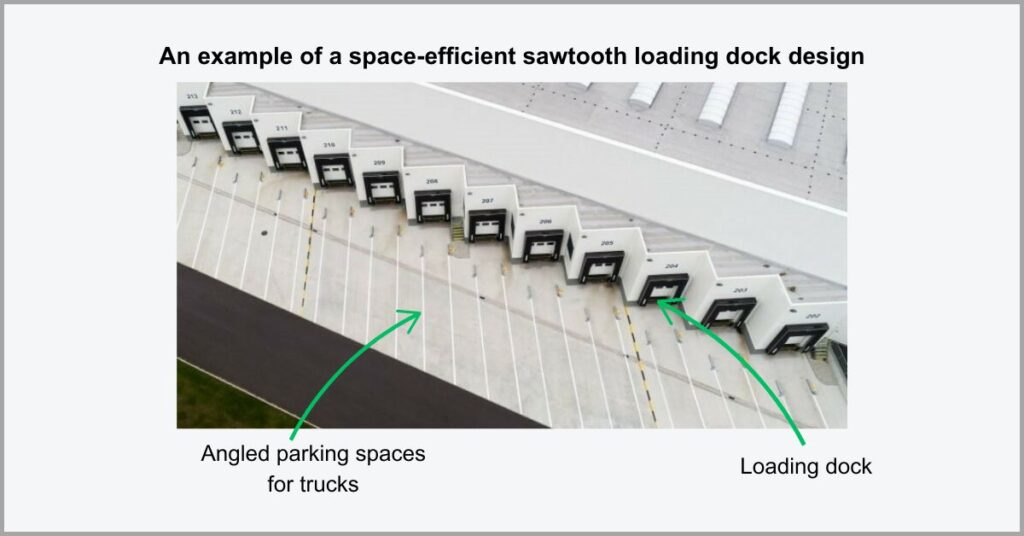
In terms of loading dock designs, two that I highly recommend in particular are drive-through and sawtooth loading docks.
A sawtooth loading dock consists of angled loading bays and are a great asset for maximizing space efficiency. They can help you load more trailers at a time, therefore also improving container transload shipping productivity for your facility.
It’s a great design to consider for your business especially if there’s very limited outdoor space to spare for trucks to maneuver and get around.
On the other hand, a drive through loading dock allows truckers to drive directly into your warehouse for transloading via one side and exit through the opposite side. This type of loading dock completely eliminates the need to maneuver within your dock area.
2. Automate dock scheduling
Manual dock scheduling is very inefficient.
When you book dock appointments with truckers and other carriers manually, this may mean non-stop calls and constant back and forth emails. Throw in the added stress of having to use a spreadsheet for bookings and things get even more complicated.
Furthermore, in case of last minute changes, a manual dock scheduling strategy also falls short, increasing the risk of no-shows and unutilized loading docks.
It’s alarming to note that 50% of carriers experienced huge waiting times at loading docks in 2022, according to a study by CargoON. These delays largely stemmed from inefficient and manual dock scheduling and management processes.
If you’d like to avoid frustrating customers and supply chain partners, I therefore recommend automating dock scheduling processes.
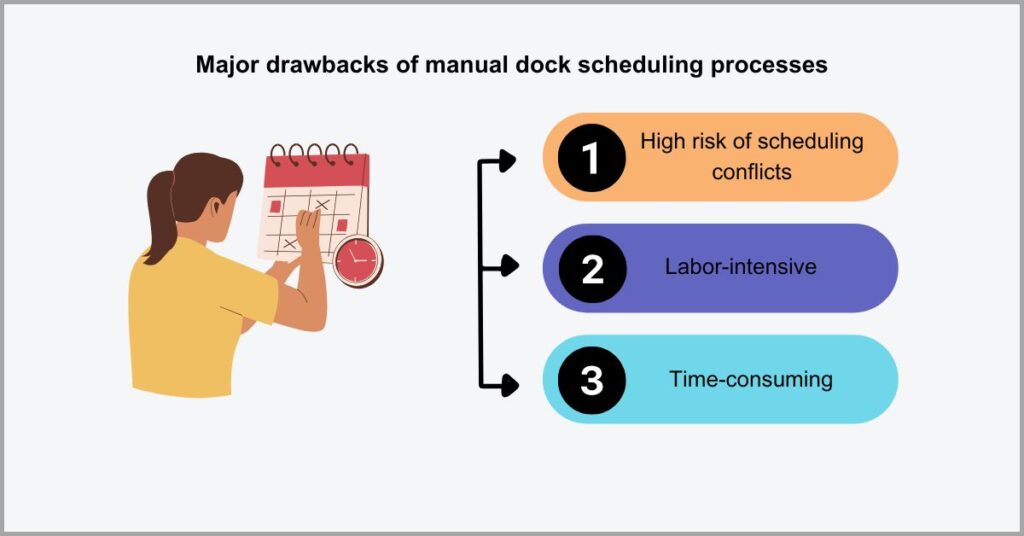
So how does automated dock scheduling work?
Well, modern solutions offer online portals to shippers and carriers, which enables them to reserve a desired time slot for picking up or delivering their cargo to your facility.
The system will then automatically assign a loading dock to a carrier, based on various unique factors like the size of the shipment, the nature of commodities to be transloaded and specific carrier requirements, among others.
For instance, in cases of butane transload shipping, the system can assign a loading dock with the necessary equipment and infrastructure for efficient liquid bulk transfers.
By automating your dock scheduling processes, you’ll not only improve dock and yard management productivity but also reduce allocation errors and wait times.
3. Streamline document processes
Is your document workflow holding you back?
As a transload facility, your business probably handles a number of shipping documents. These include bills of lading, customs declaration forms and freight shipping agreements, among others.
If your transload yard’s document processes are inefficient, it’ll take longer to process shipments and their paperwork while the risk of errors also increases.
In fact, a survey by ODeX revealed that 50% of logistics businesses said documentation issues are one of their biggest challenges. They identified difficulties in obtaining originals as the top concerns followed by document errors.
One way you can streamline this is by digitizing your workflow to make shipping documents much easier to find, therefore improving efficiency for your transloading businesses.
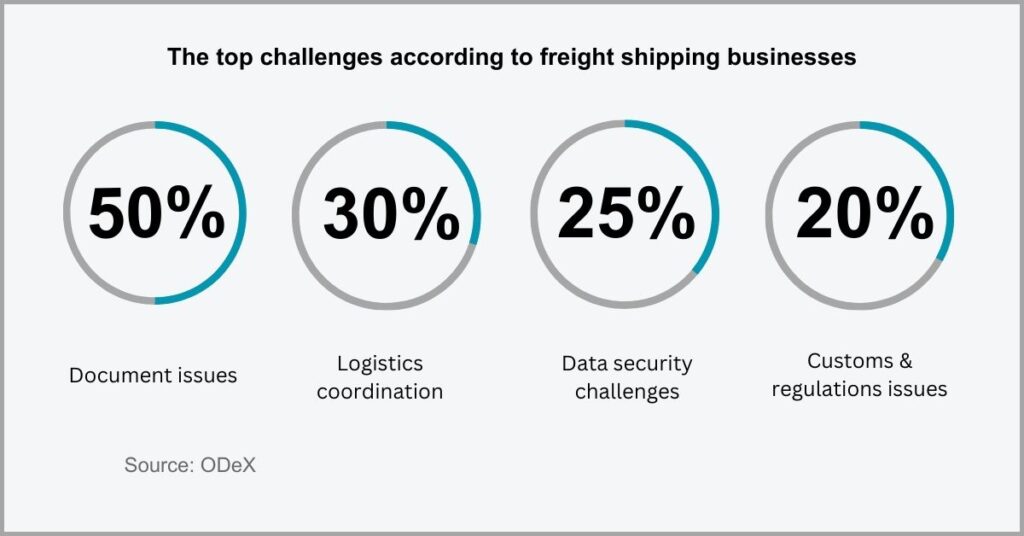
In order to implement digital document processes for your workflow, you’ll need to consider the best yard management tools that offer digitization features.
This is where our software, transloads.co, comes in, giving you crucial functionalities for creating a digital and more efficient document workflow. For instance, you get customizable and electronic bills of lading templates that speed up document creation.
These templates enable you to standardize the creation of not just bills of lading, but also other important freight shipping business documents. So you’ll spend less time on iterative document work and more time on core dock and yard management activities.
Moreover, our software enables you to store essential documents in the cloud, therefore improving access to crucial shipping information, which also enhances collaboration.
4. Improve yard communication
There are several moving parts involved in yard management.
You may have back office crew trying to link up with transload operators in the field, providing guidance about which trucks came first, safety protocols to follow and other important tasks involved with coordinating loading and unloading operations.
When communication is poor for your transload yard, misunderstandings can occur that lead to shipping mistakes and other operational bottlenecks.
Alarming, US businesses lost at least $1.2 trillion annually to miscommunication at work, according to a recent study by Grammarly. These losses largely stemmed from lower employee productivity and mistakes that resulted in huge revenue losses.
If you’re to avoid winding up in the same boat, you need to make efficient communication a cornerstone of your dock and yard management processes.
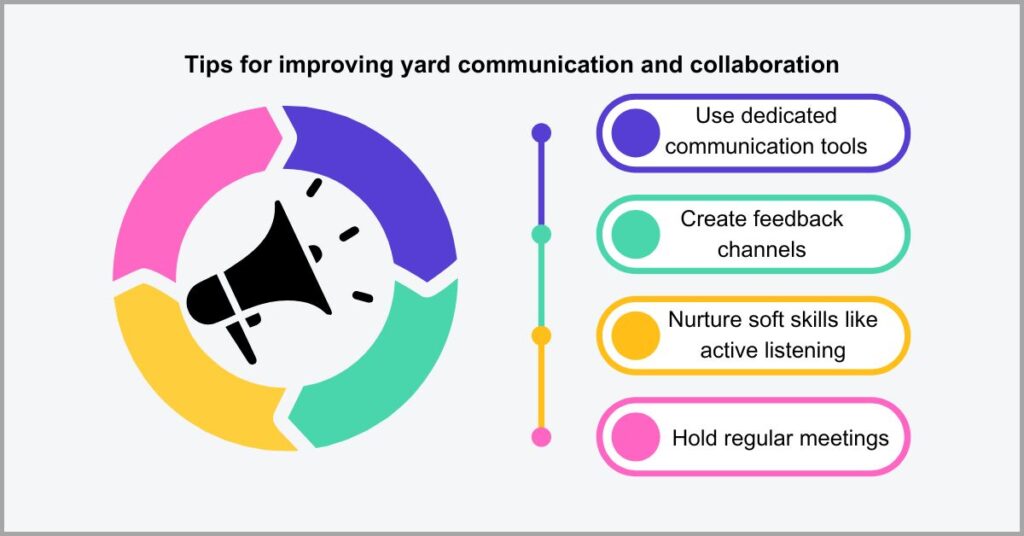
So how can you improve yard communication for your facility?
It helps to consider the best warehouse management software that offer communication tools for streamlining information sharing between back office and field crew.
More specifically, consider solutions that offer a centralized worker management dashboard. This feature lets you assign tasks to dock workers and even centralize and document communications for easier reference & greater efficiency.
An excellent cloud-based platform is also vital for success because it lets you update information in real-time. In turn, your employees will work with the latest data that reflects the latest updates on appointment cancellations, shipping delays & more.
That said, it’s important to use communication tools that also improve partnerships with truckers and other supply chain partners to ensure everyone is working in sync.
5. Regularly upskill your staff
Searching for ways to boost yard worker productivity?
Dock workers, transload operators and other staff you rely on are vital cogs in your transloading operations. How quickly and skillfully they get tasks done directly affects your efficiency and bottom line.
By not upskilling your staff, you’ll lower yard productivity and also decrease business resilience by failing to adapt to the latest logistics technologies.
A study by Korn Ferry discovered that 41% of supply chain leaders plan to upskill their staff. This is driven largely by the biting worker shortage in logistics, with leaders viewing upskilling and reskilling as a great strategy for alleviating this problem.
Beyond that, other motivations for upskilling staff is to give employees key skills to meet the needs of modern logistics workflows and technologies.
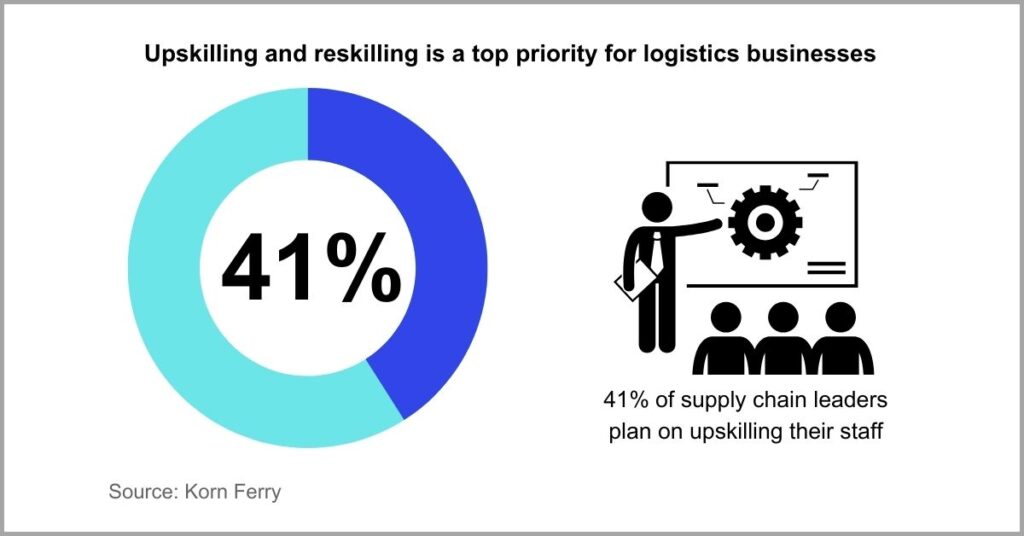
One of the new-age skills that you should consider when upskilling staff in various dock and yard management aspects is data analytics.
This will allow your employee to leverage the reporting capabilities of modern technology to make better decisions that improve productivity for your facility.
Beyond hard or technical skills, you should also focus on ensuring that dock and yard workers have the right soft skills. These include communication, teamwork, and adaptability, which can improve business outcomes.
Click here to get our premium support services for assistance upskilling and reskilling yard workers to improve productivity.
We can help train your dock and yard workers on using the latest logistics technologies, and mastering essential technical and soft skills that improves success for your yard.
How to choose a great yard management system
a) Consider real-time visibility
Yard visibility greatly impacts your business’s success.
However, blind spots can occur in your yard operations due to manual asset tracking methods that hide important information about your transloading operations.
When yard visibility is poor, a myriad of problems can arise such as underutilization of yard assets, long waiting times for carriers & higher detention.
The situation is very dire given that 57.3% of logistics leaders ranked poor real-time visibility into their operations as a top challenge, according to a Sixfold survey. In order to make things easier, I recommend a tool that gives you real time data about your yard.
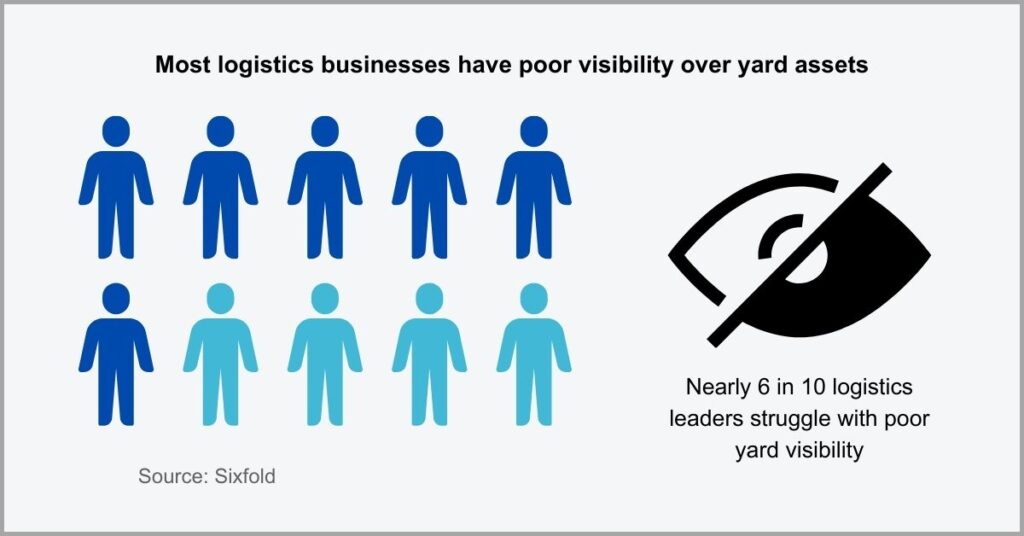
So what are the benefits of real time yard visibility?
For one, it can help make your warehouse more profitable by avoiding detention penalties. You’ll get up to the minute information that keeps you informed of waiting times for containers, drivers and shipments, so you can prioritize transloading tasks.
The right dock and yard management system will also provide important real-time reports that help you spot underutilized docks and assets to improve their ROI.
Furthermore, you may also get multi-yard management capabilities that enable visibility into all your distribution centers, which greatly streamlines business efficiency and also improves decision making for your logistics business.
b) Prioritize scalable solutions
Growth is an inevitable part of any profitable business.
As your business grows, so too does the number of trucks and shipments and other dock and yard assets that you need to manage.
If you lack a dock and yard management solution that can scale with your business, your system will quickly become inefficient and more complex.
In fact, you can lose up to 28% of business revenue with poor logistics management software, according to a survey by McKinsey. These losses arose from missed business opportunities as well as integration issues and moving to new vendors.
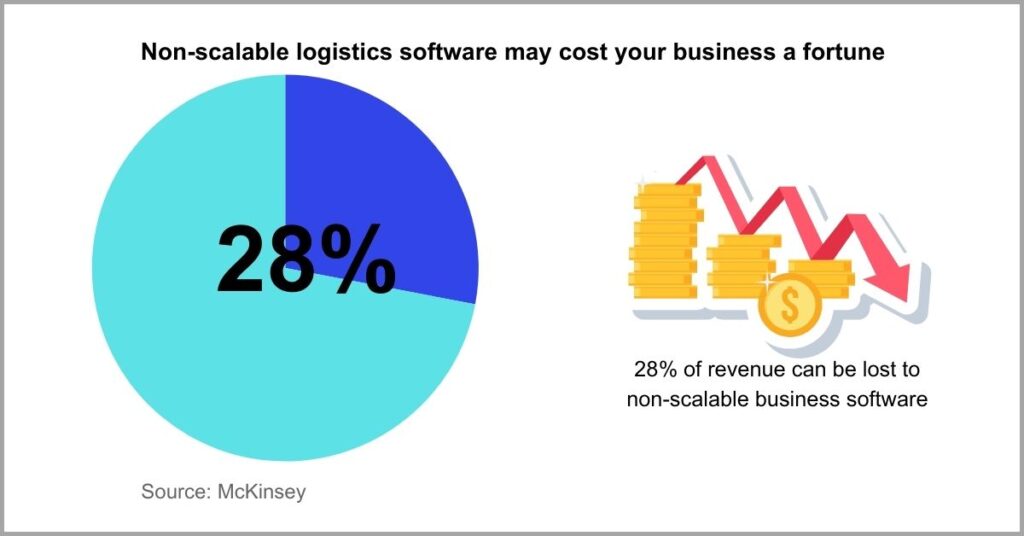
So what are the characteristics of a scalable solution?
One of the key features of a great transloading software is cloud computing.
As opposed to local, on-premise solutions that limit performance to the size of your hardware or infrastructure, a cloud-based platform enables you to easily scale down or up to match your business’s operational needs as it changes.
Overall, a highly scalable solution enables you to add more users to the system and even increase the number of assets you manage without sacrificing performance.
It’s a characteristic that greatly fuels operational efficiency for your transloading facility, ensuring that you don’t make very expensive vendor switches as you grow.
c) Examine integration options
What other technologies do you use to run operations?
Some of those may include a transport management system, an enterprise resource planning (ERP) platform and a warehouse management solution (WMS), among others.
When your yard management tool is incompatible with other logistics technologies, data silos arise that lower productivity and operational intelligence.
A survey by SoftwareConnect showed that 45% of buyers prioritize ERP and WMS integrations when choosing logistics solutions for their businesses. I recommend doing the same to avoid alienating information in different logistics systems.
With the right integration options, you’ll unite data and improve business intelligence.
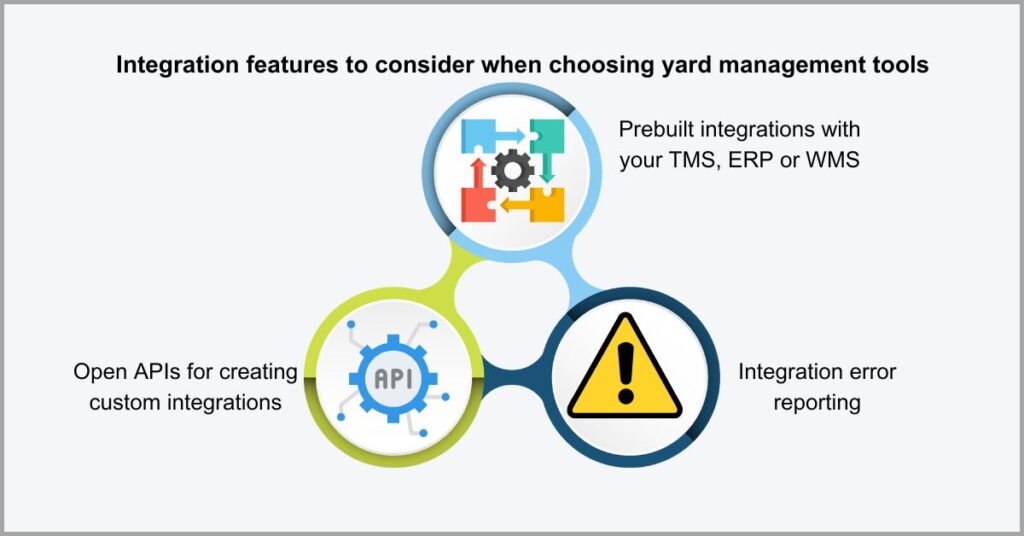
That said, it’s also important to think about the type of integration the software provides, when you’re choosing a transload yard management software for your business.
Some may provide prebuilt integration options that offer a plug-and-play strategy that helps you hit the ground running. That said, you should also consider if it offers open APIs that allow you to make custom integrations as needed to accommodate new tools.
So it’s therefore very vital to weigh the type of integration options your potential software vendor offers & determine whether they tie in with your current needs and future goals.
Conclusion
Manual processes can hurt your workflow.
From manual inventory tracking to appointment scheduling, they hinder your efficiency and success.
When your logistics business is plagued by manual processes, your staff spend more time on basic tasks and less time bringing in value for your business.
Unfortunately, 55% of supply chain professionals struggle with manual processes, according to a study by FourKites. This made it the biggest challenge in dock and yard management, followed by appointment scheduling.
So it’s important to consider a solution that can help you automate key yard management tasks to improve productivity and efficiency. For this purpose, I recommend considering a proven transload yard management software solution.
Click here to book your free transloads.co demo to learn more about our tool.
We’ll show you how to automate key yard management tasks like shipment tracking and document management to increase efficiency and lower operational costs.

